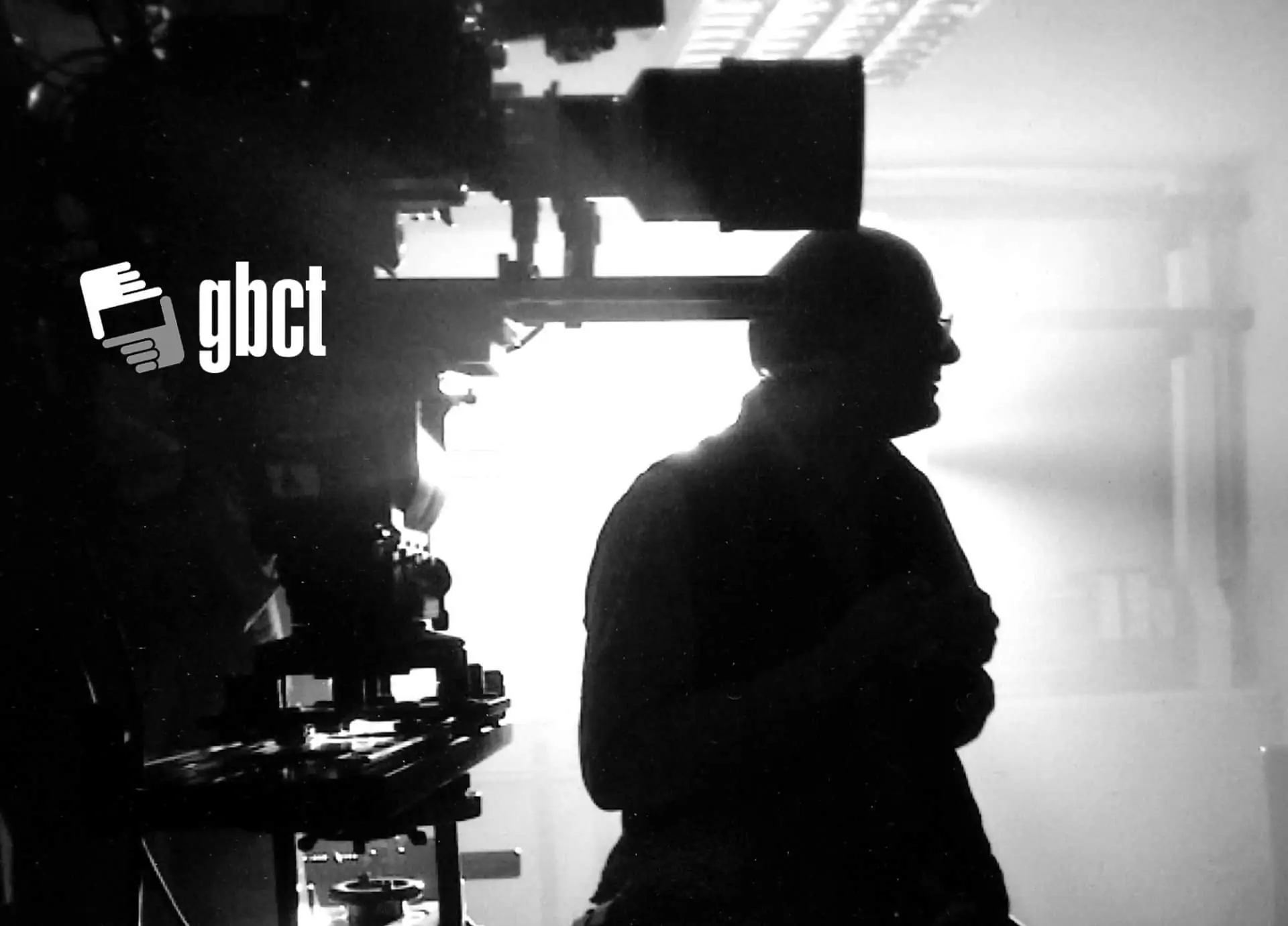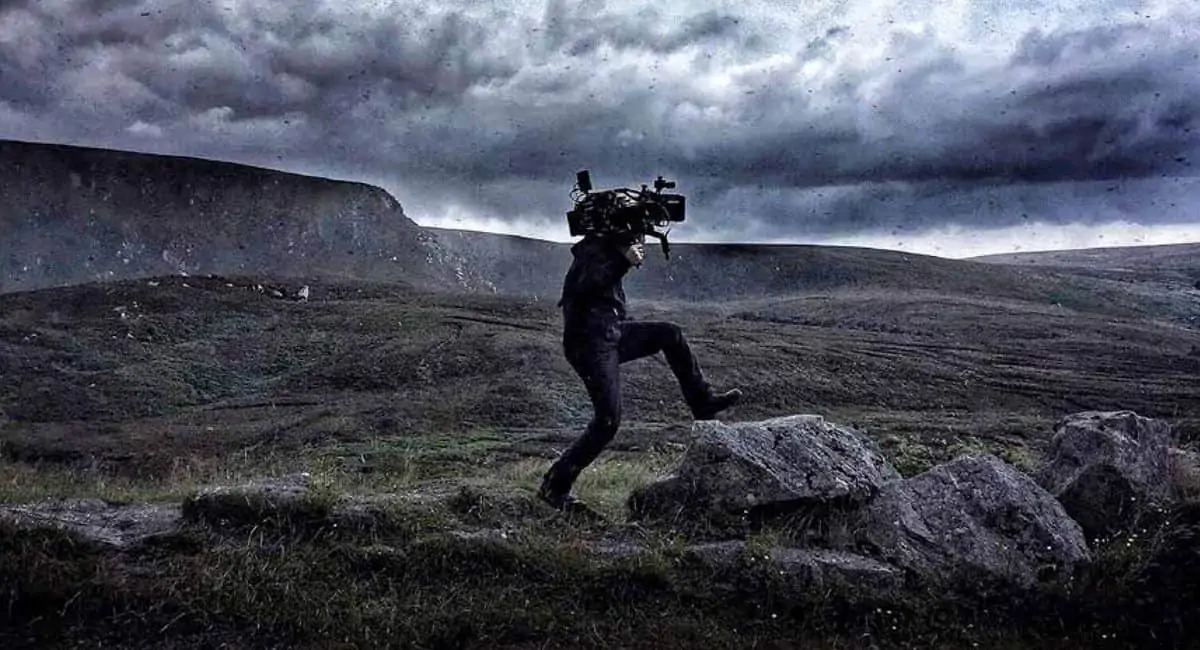Not At Any Rate
GBCT News / Tim Potter

Not At Any Rate
GBCT News / Tim Potter
How much are we truly worth? And, more to the point, how do we find out and how do we make sure every one of us knows?
When I first started in this business, the hardest piece of knowledge to acquire was what to charge for my services. I solved this problem on my first location shoot by taking the grip to the hotel bar and getting the full low-down for the price of a pint. For the next twenty years, this problem persisted for all new technicians. The only formal lists of rates were the minimum rates in the various agreements. Some of these were as little as one quarter of the prevailing going rate. The agreements were detailed and effective ways to control the working practice of crews, but were of little use when it came to advising on real rates.
Our first attempt to publish real rates was the unilateral rate card for the PACT Agreement (“Blue Book”). It was an act of despair to counteract a culture of non-compliance from almost all productions. It worked well for six months in 1994, getting productions very worried, until it was withdrawn in a deal to get the right people back around the negotiating table. These negotiations only produced a minimum rate card and the problem persisted.
The issue was different in the area of commercials. At about the same time as the 1994 card, the union was able to get hold of a secret list distributed to all production companies in the (then) AFVPA. It told us what the producers considered the real rates and we were able to get them officially published as the ‘maximum’ rate in the agreement.
Over the years to 2003, all of these old ‘minimum terms’ agreements fell by the wayside. This left the union free to publish what it thought its members were actually earning. These figures have now been available to camera crews for over ten years and have had the effect of stabilising rates.
By knowing what everyone else has been getting, everyone knows what to ask for and, by and large, will achieve it. This stabilising effect was the first task for the union’s unilateral ratecards and has been quite successful.
The next task is to apply pressure on the market to keep the rates relevant to the inexorable rise in the cost of living. It has been a matter of considerable debate as to how to achieve this. If the published rate is either too high or too low the card becomes unrealistic and is ignored. Finding the Goldilocks Zone is a fine art.
The recently signed agreement for independent TV dramas, and the pending terms for high-budget feature films, were deliberately negotiated without any rates being specified. From the crews’ point of view, this was to enable the individual to establish the new conditions at their existing going rate. There is pressure from the producers to negotiate rates, and this will happen over the next year. This presents some pitfalls. If there is eventual agreement to publish real going rates, they will want the lowest real rate they have got away with. Any variation in what crews have been able to achieve will become set in stone at the lowest end of the range. Many areas have experienced static rate levels for periods of time over the last quarter century. In most areas this means that the real terms level of pay is half what it was worth in the 1980s.
The only way to combat this over the next year is for all crew members to stick as closely to the union’s published rate, and to give productions as little wriggle-room as possible. It is now more important than ever for all of us the heed the rates published for our benefit, to make sure that the rates remain relevant by telling the rates survey what you are getting (https://camerabranchrates.wordpress.com/rates-survey/) and talking to all those around you to make sure everyone knows what is happening. This is an information war and knowledge is power. Make sure we all have it.
Tim Potter
Chair
GBCT










